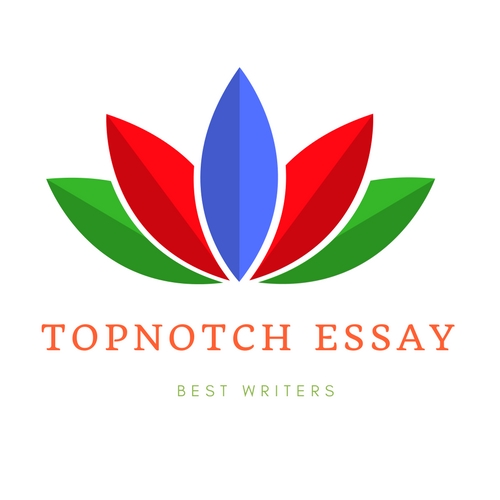Assessment Title and Weight
Component 2 (CW2): Individual coursework.
This assessment is one (1) of two (2) total assessments for this module. It weighs 50% of the final
grade.
Aim of the Assessment
The assessment gives students the opportunity to demonstrate their ability to identify marketing and
branding elements and evaluate their quality in the context of a specific organisation or brand.
Students will exhibit their understanding of contemporary marketing and branding and apply
acquired knowledge from relevant academic literature and practical cases discussed in class. A strong
emphasis will be given on the convergence of theory and practical application.
Assessed Learning Outcomes
1. Demonstrate the ability to create digital media content based on academic literature for each of
the marketing mix variables.
2. Apply the principles of marketing and branding, including digital marketing, in developing a
comprehensive marketing plan consistent with the professional marketing environment.
Assessment Brief
All students work individually on this assignment.
Students deliver one individually written Digital Marketing Plan including various sections. Students
are asked to answer the questions by applying knowledge acquired through selected literature, in class discussions and activities, and other appropriate sources. All answers shall be written in the
student’s own words, include critical thinking, and cite appropriate sources to support arguments.
The paper will be 3,000 to 3,500 words in length, excluding cover sheet, figures, images, tables, list of
references and appendices. The file is to be handed in as a Word-document (.doc or .docx).
Assessment Type
Report
Essay
Presentation
Other (Digital Marketing Plan)
Assessment Tasks
In this assessment, you are required to do the following tasks:
Choose an established brand with an online presence.
Using relevant models, literature, and available data, write a digital marketing plan based
upon an adapted SOSTAC Digital Marketing Planning Template for your selected brand by
completing the following tasks:
1. Executive summary (10% weight; suggested word count 300 words)
Summarise and reflect on the plan.
2. Situation analysis (20% weight; suggested word count 600 words)
(a) Undertake a critical SWOT analysis of the chosen brand’s digital efforts.
(b) Describe and analyse the brand’s online target audience.
3. Objectives (20% weight; suggested word count 600 words)
Set and discuss communication outcomes and objectives and link them to appropriate
marketing and communications platforms.
4. Strategy (20% weight; suggested word count 600 words)
Conceptualise a brand experience strategy for digital marketing campaigns. Set and
discuss how the previously set communication outcomes and objectives are to be
reached within the brand experience strategy. The concept shall include campaigns for all
4 realms/5 SEMs and various communication channels, e.g. advertising, social media,
email, website, etc.
5. Tactics (20% weight; suggested word count 600 words)
Conceptualise marketing and communications tactics to be applied within the previously
set brand experience strategies. All defined objectives shall be attributed to a dedicated
tactic as well as the applied strategy.
6. Controls (monitor and measure) (10% weight; suggested word count 300 words)
Evaluate how to monitor and measure the undertaken campaigns, and what KPIs or
metrics to monitor and measure within the campaigns.






